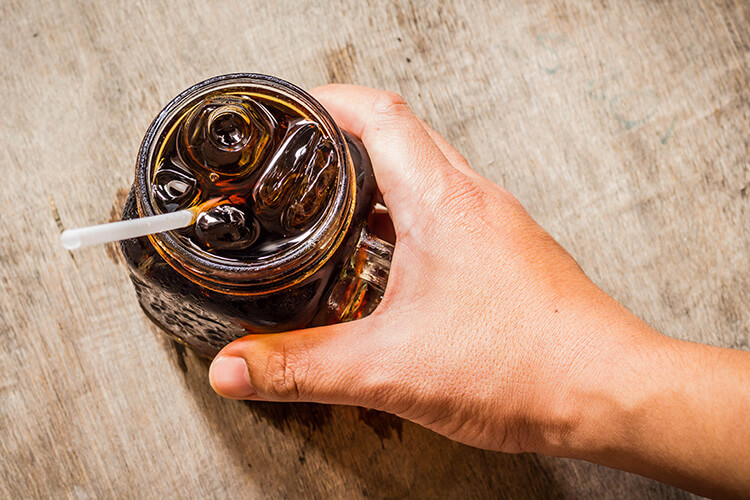Blog
Sugary drinks and your metabolic health: a review
There is a strong correlation between too much sugary drink and weight gain. Now, according to a new review, knocking back as little as two sugary drinks per week may be enough to increase the risk for a myriad of health problems. Yikes.
The review, published in Journal of the Endocrine Society, looked at 36 studies undertaken within the past 10 years on sugar-sweetened beverage (SSB) intake.
The researchers found that consumption is increasing worldwide. Simultaneously, there is a global rise in the incidence of non-communicable diseases, such as heart disease and type 2 diabetes, that place a huge burden on public health.
According to the review, one SSB per week, such as a can of soft drink, can raise blood pressure. Two cans increase the risk of developing type 2 diabetes.
Sugary drinks aren’t reserved for soft drinks such as Coke, Fanta and tonic water. They include fruit drinks and juice, sports drinks, energy drinks, iced tea, and flavoured milk and flavoured water.
“Our analysis revealed that most epidemiological studies strongly show that frequent intake of these beverages contributes to the onset of the metabolic syndrome, diabetes and hypertension,” said review author, M. Faadiel Essop.
Such drinks provide large doses of quickly accessed added sugars, such as fructose and glucose, that the body has to work hard to rapidly metabolise.
The immense strain on body organs and systems may, over time, lead to metabolic syndrome, a cluster of conditions including high blood pressure, abdominal weight gain, increased blood triglycerides, decreased HDL (‘good’) cholesterol, and insulin resistance that leads to chronic health conditions such as heart disease and type 2 diabetes.
Most of the studies analysed in the review look at people who drank five or more SSB a week and a majority supported the correlation between SSB consumption and developing metabolic syndrome.
The World Health Organization estimates over 19 million deaths a year are attributed to metabolic syndrome worldwide, which in most cases can be avoided through healthy diet and lifestyle.
But eating well can be difficult when poor quality, heavily processed, high sugar food and drink are cheap, highly palatable, and widely available.
Sugary drinks may also lead to people eating and drinking more overall, providing extra kilojoules to the body without a sense of feeling full.
“The findings demonstrate there is a clear need for public education about the harmful effects of excess consumption of sugar-sweetened beverages,” said Essop. “But our understanding of this topic would benefit from additional research to further clarify how sugar-sweetened beverages affect our health. We do see some limitations in the current research on this topic, including a need for longer-term studies and standardized research methods.”
What to do about it?
Deep down, we all know that SSB aren’t great for our health. Yet drinking water, eating real foods, getting some exercise every day and limiting intake of added sugar (and the processed, packaged foods it often comes in) is a great place to start to reduce the risk and effects of metabolic syndrome.
Here are some tips on how to begin to reduce added sugar intake and how to identify where added sugar is sneakily hiding, sometimes in surprising places, in our everyday food and drink.
Get savvy on added sugar – your health will thank you for it.
By Angela Johnson (BHSc Nut. Med)
References
- Deshpande, G Mapanga, RF & Essop, MF 2017, ‘Frequent sugar-sweetened beverage consumption and the onset of cardiometabolic diseases: cause for concern?’, Journal of the Endocrine Society, [ePub ahead of print].












